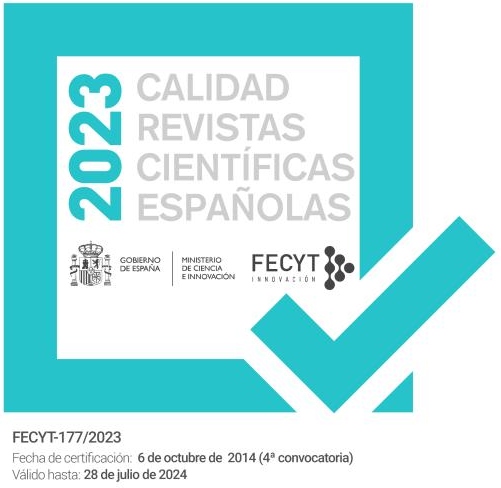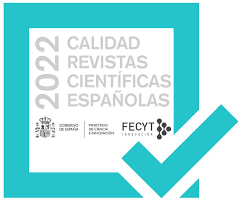PROBLEMÁTICA DE LA PARTICIÓN POR CAUSANTE.
Keywords:
PARTITION, TESTATOR, PREDECESSOR IN TITLEAbstract
Partition by the predecessor in title (testator) is a highly effective, convenient practice, because it allows the testator to distribute his or her property among the heirs without the need to engage in the long, tedious and even costly process of bringing in an auditor to handle the partition. It is not, however, a very frequent practice in Spain. Partition by the selfsame testator can be done in the form of an inter-vivos act or a mortis-causa act, but the portion of the estate that each heir is to receive must always be specified. Partition by the testator does not mean that the testator merely states the guidelines he or she wishes followed during the actual partition; nor does it mean the distribution of properties as a «payment on account» of the heirs' share in the estate but not in full payment of the heirs' share, as indicated by the Supreme Court's rulings of 9 March 1961 and 15 February 1988. The basis of a partition performed by the testator is that the wishes of the predecessor in title are the fundamental law of succession. This mode of performing partitions is regulated in article 1056 of the Spanish Civil Code, which states that partitions may be conducted by the testator when the fixed portions to which certain heirs are entitled by law are not thereby injured. This partition must be restricted to the testator's property (Civil Code, article 1056.1).







